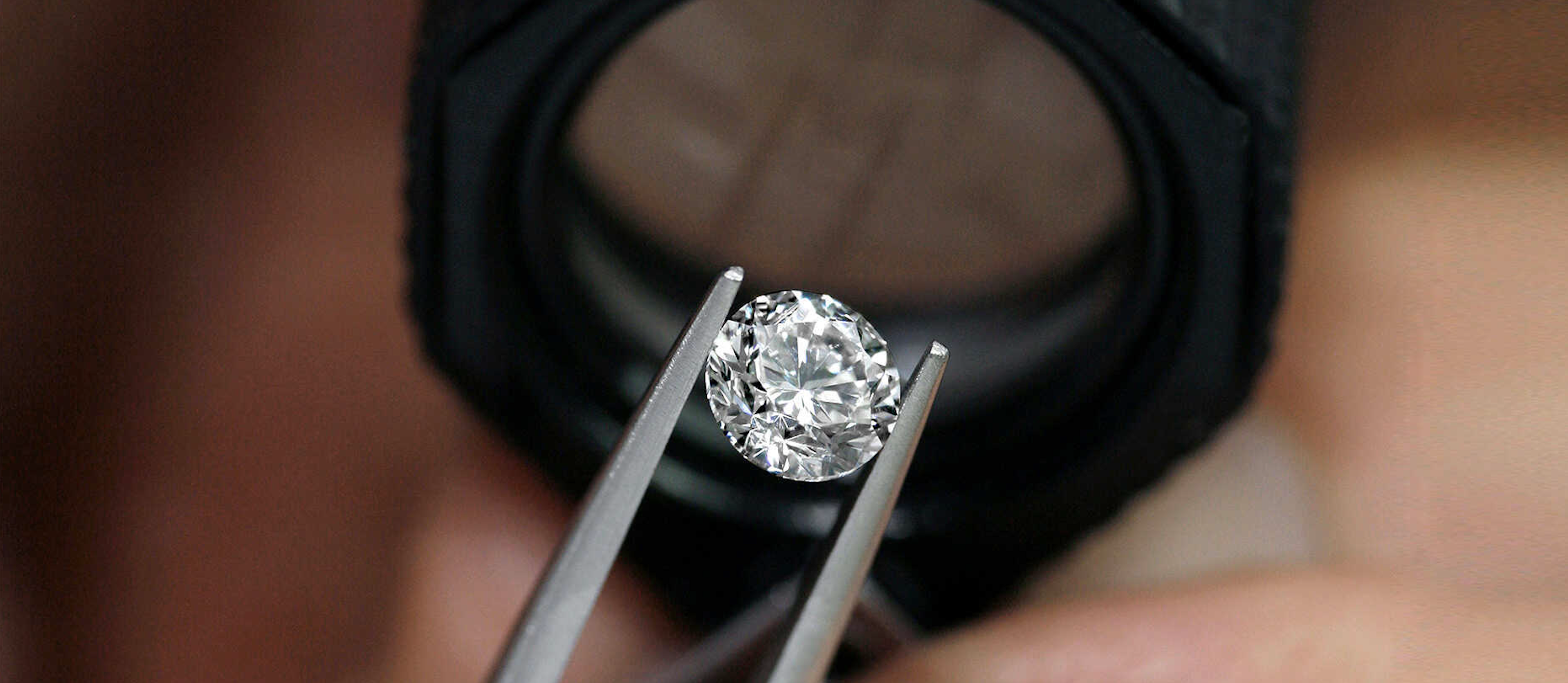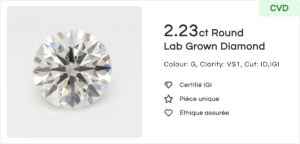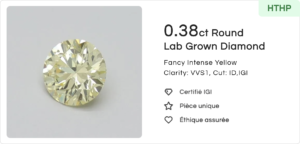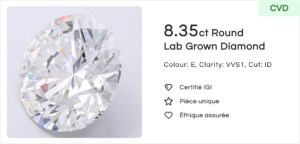LAB-GROWN DIAMONDS: HPHT VS CVD
HPHT vs CVD Lab-Grown Diamonds: What Are the Differences for Jewellers?
The jewellery industry is evolving rapidly, and lab-grown diamonds are becoming increasingly important in the market. Two main methods dominate the creation of these gemstones : HPHT (High Pressure High Temperature) and CVD (Chemical Vapor Deposition).But what are the differences between them, and which one should jewellers choose?
1. Understanding the Manufacturing Processes
The High Pressure High Temperature (HPHT) method replicates the natural conditions in which diamonds form within the Earth’s mantle. By exposing carbon to extreme pressure and heat, this process creates a diamond that is chemically identical to a natural one.
Characteristics:
- Often slightly tinted in color (yellowish/brown hues that can be corrected).
- Crystal structure similar to natural diamonds.
- Faster production, ideal for larger stones.
The CVD Process method The Chemical Vapor Deposition (CVD) method places a diamond seed inside a vacuum chamber where carbon-rich gas is activated using plasma. Carbon atoms then attach layer by layer to form a diamond.
Characteristics:
- Typically whiter and purer in color than HPHT.
- Fewer visible structural defects.
- Ideal for producing high-quality diamonds with minimal inclusions.
2. Differences in Quality and Appearance
Both HPHT and CVD diamonds are certified by top laboratories (IGI, GIA, HRD), but they differ in several ways :
Color : CVD diamonds are generally whiter by nature, while HPHT diamonds may require post-growth treatment to improve their hue.
Inclusions and Clarity : CVD diamonds tend to be purer, with fewer metallic inclusions than HPHT diamonds, which may contain traces of iron or nickel.
Fluorescence : Some CVD diamonds can exhibit fluorescence under UV light, while HPHT diamonds usually offer better structural stability.
3. Which Diamond Type Should Jewellers Choose?
Why Choose an HPHT Diamond?
- Ideal for pieces requiring larger diamonds.
- Usually more cost-effective than CVD.
- Perfect for classic designs where slight color variation isn’t a concern.
Why Choose a CVD Diamond?
- Recommended when purity and color consistency are key.
- Fewer metallic inclusions, offering better optical performance under magnification.
- Ideal for high-end and ultra-luxury brands.
4. Profitability and Commercial Impact
Impact on Margins: Since HPHT diamonds are generally less expensive to produce, they can yield higher profit margins in certain segments. CVD diamonds appeal to clients seeking flawless quality.
Strategic Differentiation: If your jewellery business focuses on accessibility and innovation, HPHT diamonds are a smart choice. If your brand emphasizes prestige and premium quality, CVD diamonds are the way to go.
Market Trends: Top jewellery houses are increasingly incorporating lab-grown diamonds, with a growing preference for CVD technology due to its optical purity and traceability.
5. HPHT vs CVD: Which Is Right for Your Jewellery Business?
| Criteria | HPHT Diamonds | Diamants CVD |
|---|---|---|
| Price | More affordable | More expensive |
| Color | Slight yellow/brown tint (can be corrected) | Naturally whiter |
| Inclusions | Possible metallic inclusions | Fewer inclusions, purer |
| Stone Size | Ideal for large stones | Better for small to medium stones |
| Target Market | Accessible jewellery, high margins | Luxury and high-end jewellery |
What’s the Best Choice for You?
Your choice between HPHT and CVD should be guided by your brand’s positioning. If you’re aiming for competitive pricing and strong margins, HPHT diamonds are an excellent option. If your goal is to offer the highest possible quality, alors les CVD is the better fit.
The most important thing? Offer full transparency to your clients by explaining the differences between these technologies. As lab-grown diamonds continue to gain ground, making the right choice will help you optimize your offering and meet the new expectations of the modern jewellery market.
The diamonds of tomorrow,
certified and ethical, available today.
Join the first dedicated marketplace for lab-grown diamonds and access 600,000+ certified stones, direct from source, at the best prices exclusively for professionals.
More Articles You Might Like
Explore a curated selection of articles designed to help you stay ahead of market trends, innovation, and best practices in lab-grown diamond sourcing.
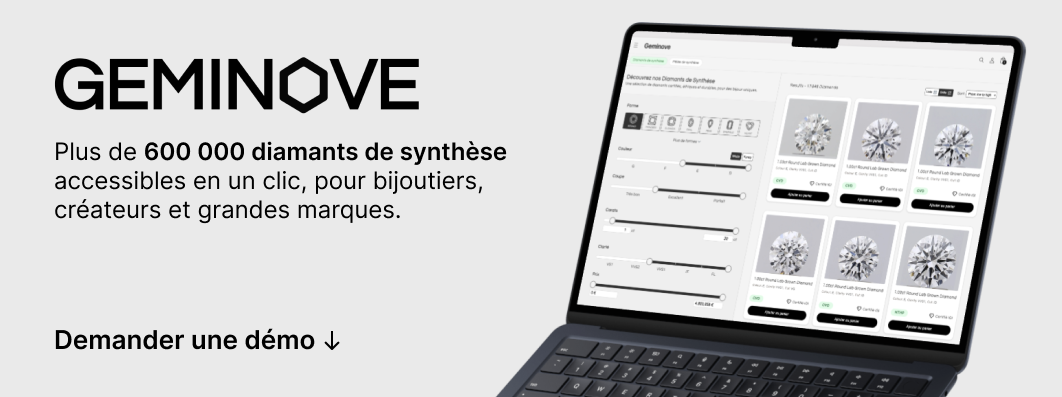
Démo Geminove Marketplace
Remplissez ce formulaire pour demander une démonstration personnalisée de notre plateforme. Un membre de notre équipe vous contactera.

